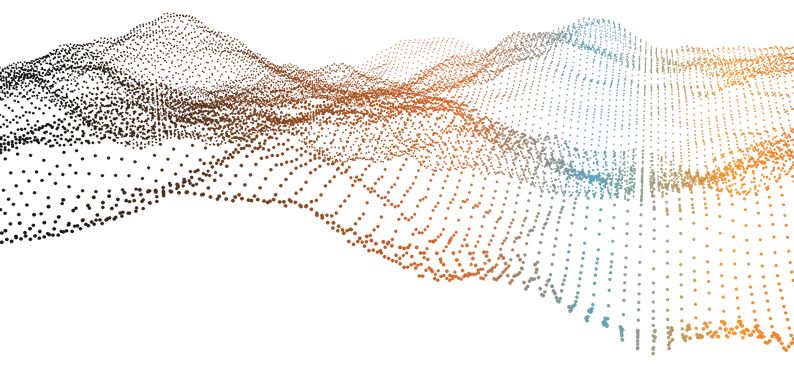
The Ingredients for Training a Machine Learning Model: The Recipe for Successful Exploration

Why Data Quality is the Secret to Success in Your Exploration Projects
In the world of Artificial Intelligence, you often hear the saying: “Garbage in, garbage out.” This is especially true in mineral exploration, where the value of a Machine Learning model is directly tied to the quality of the data used to train it. No matter how sophisticated the algorithm, if the “ingredients” are poor, the results will be unreliable.
In this post, we’ll break down the essential ingredients for training an effective Machine Learning model, highlighting why data quality is the true key to making smarter exploration decisions.
Key Ingredients for a Successful Machine Learning Recipe:
1. Quality Data: The Most Valuable Raw Material
- What it is: A Machine Learning model requires a clean, organized, and relevant database for the problem you want to solve. This includes geophysical, geochemical, drillhole data, satellite images, alteration maps, and more. The integrity and reliability of this data are fundamental, as any inconsistency, error, or bias will be replicated in the model’s results.
- Analogy: It’s like the raw material in a mine. No matter how advanced the plant’s process is, if the grade of the extracted ore is low, the final product will have no value. Similarly, data quality is the first and most critical ingredient.
2. Data Labeling: The Model’s Teacher
- What it is: For supervised learning models, data labeling is crucial. It involves assigning a label or category to each data point. For example, in mineral exploration, this could be labeling each drillhole as “mineralized” or “non-mineralized,” or categorizing geochemical data based on the type of alteration. Data labeling teaches the model to recognize patterns and make accurate predictions.
- Analogy: It’s like a teacher showing a new student thousands of clearly identified rock samples to teach them to recognize different species.
3. Feature Selection: The Chef Who Chooses the Best Ingredients
- What it is: Feature selection refers to choosing the most relevant variables for the model. In exploration, this could mean choosing between multiple geophysical or geochemical parameters. Including too many irrelevant variables can confuse the model and decrease its accuracy, while choosing the right ones can significantly improve performance.
- Analogía: It’s like a chef selecting the freshest and most suitable ingredients for a specific dish, knowing that the quality of each one will contribute to the final result.
4. Validation and Testing: The Final Quality Control
- What it is: Once the model is trained, it is essential to validate it with a test dataset that was not used in the training. This allows us to evaluate its performance on new data and ensure that it didn’t just memorize the training data but truly “learned” the underlying patterns.
- Analogía: It’s like a geologist using drillhole data to validate an alteration map created from satellite data.
Data Preparation: The First Step in Intelligent Exploration
To achieve a comprehensive and reliable solution, these ingredients must be combined strategically. For example, at Mineral Forecast, before training any model, our data geoscience team focuses on the most critical stage: data preparation. We work closely with the client’s geologists to audit, clean, and standardize the available information. Then, our team of experts collaborates to label the data and select the most relevant features. Finally, we use rigorous validation processes to ensure the models are robust and reliable, allowing geologists to make confident decisions.
This approach demonstrates that the foundation of a successful application of technologies like Machine Learning lies in data quality—a step that empowers exploration teams and maximizes the value of their investments.
Geological Expertise at the Heart of AI
Understanding that the success of a Machine Learning project depends on the quality of its “ingredients” is fundamental. AI is not a black box; it is a powerful tool that, when fed high-quality data and guided by geological expertise, can revolutionize how we discover and develop our planet’s resources. The geologist becomes the guardian of data quality, providing the necessary context and experience so that the models are not only accurate but also geologically coherent.
Curious about how these concepts apply directly to your exploration data? Learn more
